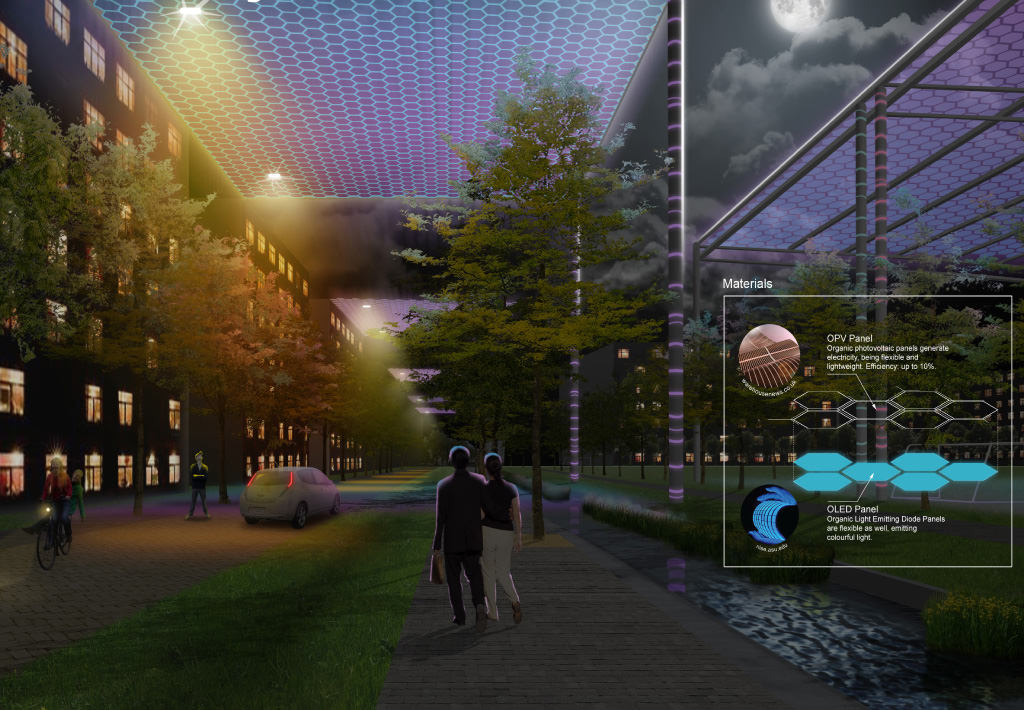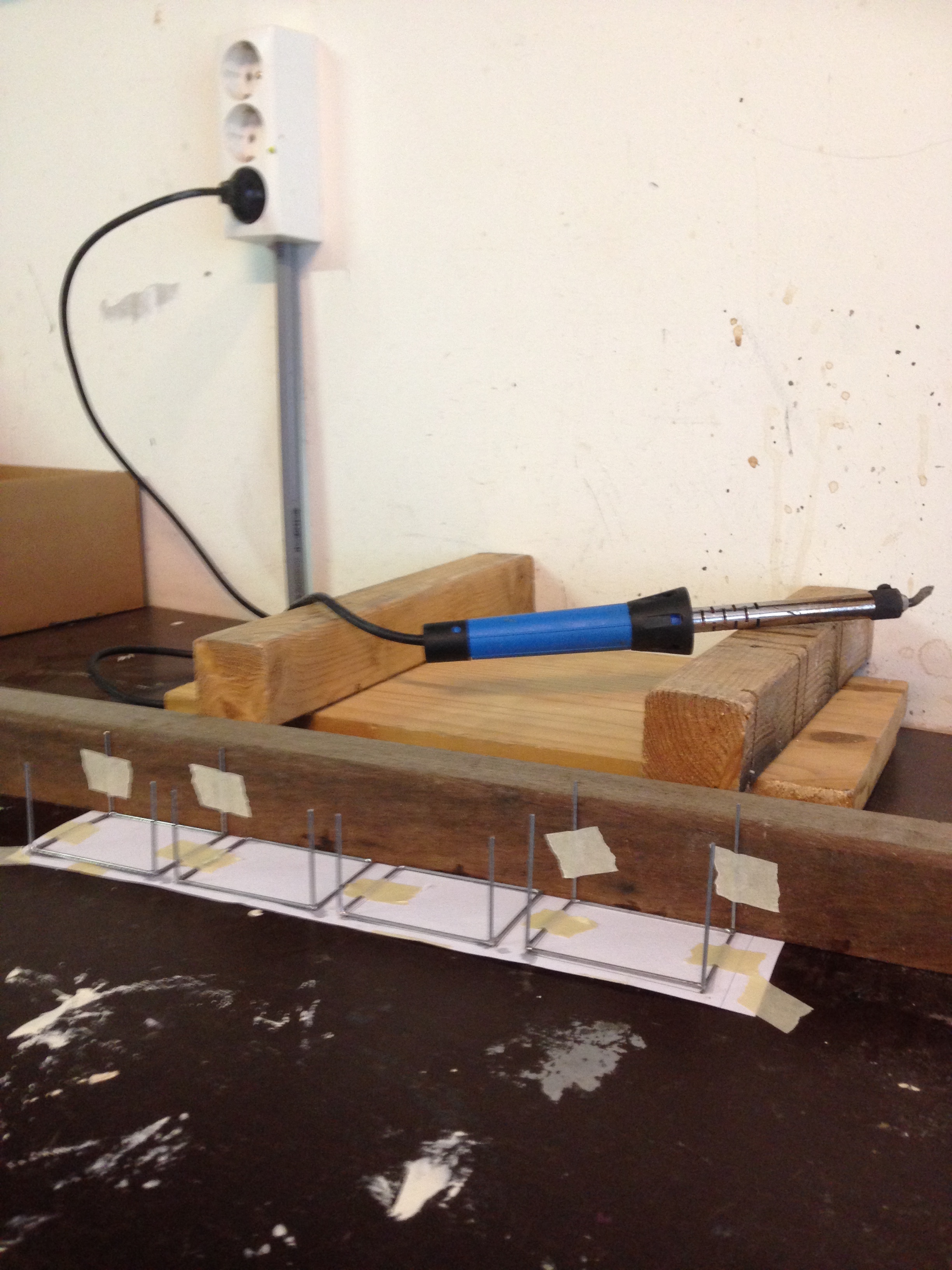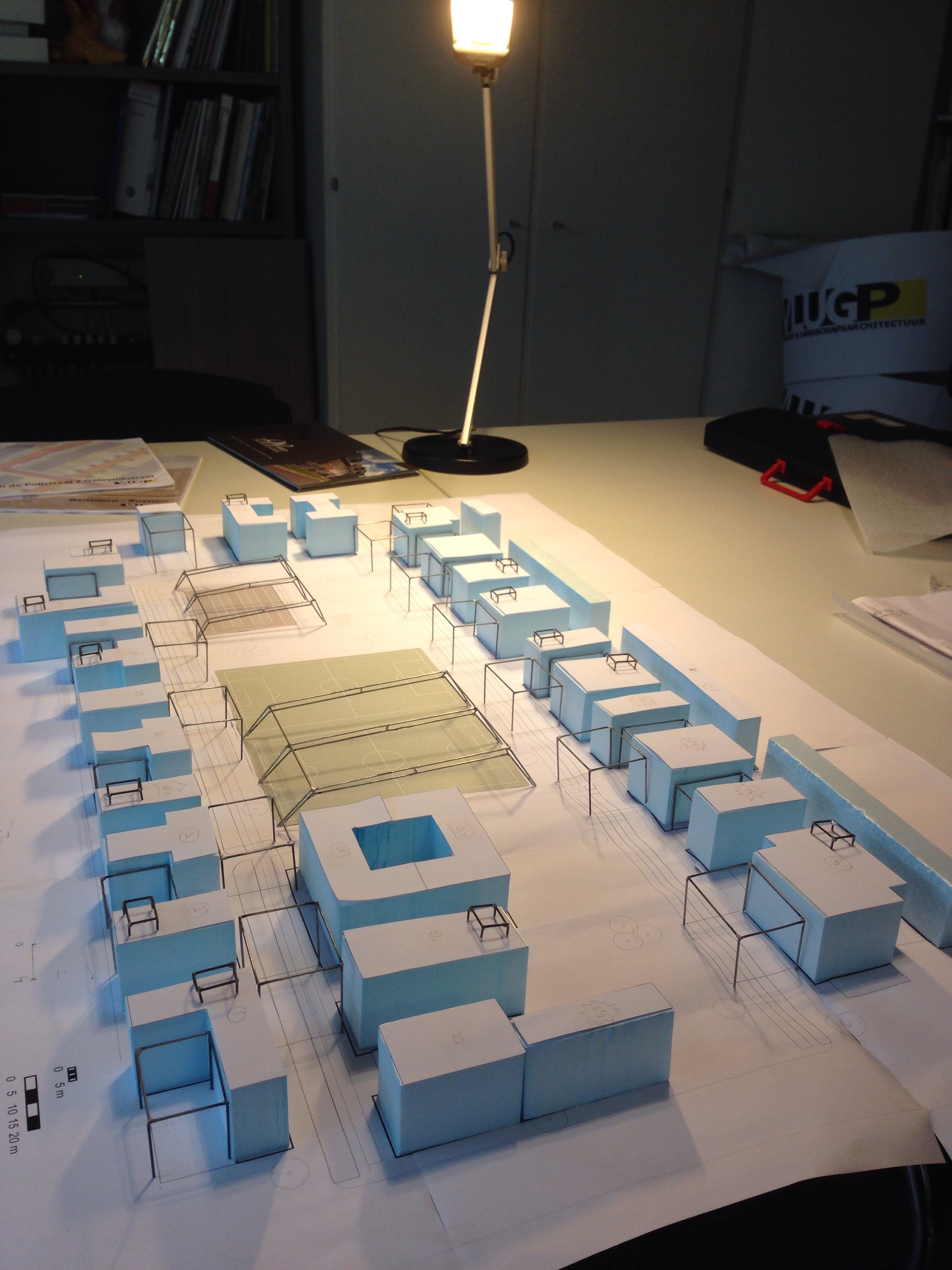Photovoltaic Pergolas
Solar panels galore. On top of roads, sport pitches, shopping high streets and public transport. Solar energy can be produced in any kind of public space in the city of 2050, according to Tom van Heeswijk of Wageningen University & Research, and artist Sabrina Lindemann. Aesthetically designed canopies can provide solar-powered streetlight.

Idea
Sustainable energy is of crucial importance to the post-fossil city. In future cities, this type of energy could be integrated into public space, which becomes multifunctional and as important as never before. A pleasant experience of the surroundings is fundamental — there is still resistance against wind and sun parks due to their visual impact. How can sustainable energy be visually pleasant and thus successful in urban design?



Research shows that visual attractivity is often heavily influenced through the form and silhouette of an installation. Based on this research and inspiration from nature, this proposal visualizes how solar panels can harvest the sun’s energy and contribute to the consumption of electricity in urban areas.
Model





The solar pergolas, trees and buildings allow enough space for each other. More to see at the exhibition!
Stadsleven

On 29 May, Tom van Heeswijk presented his Post-Fossil City idea at the talkshow Stadsleven hosted by Tracy Metz in Amsterdam. Due to the full program there was no time for questions. But the theme of the evening named What if the oil runs out? created vibrance and liveliness while putting our future into perspective.
About the makers
By
Sabrina Lindemann
Tom van Heeswijk
Wiebke Klemm
Sven Stremke
More information
wur.nl